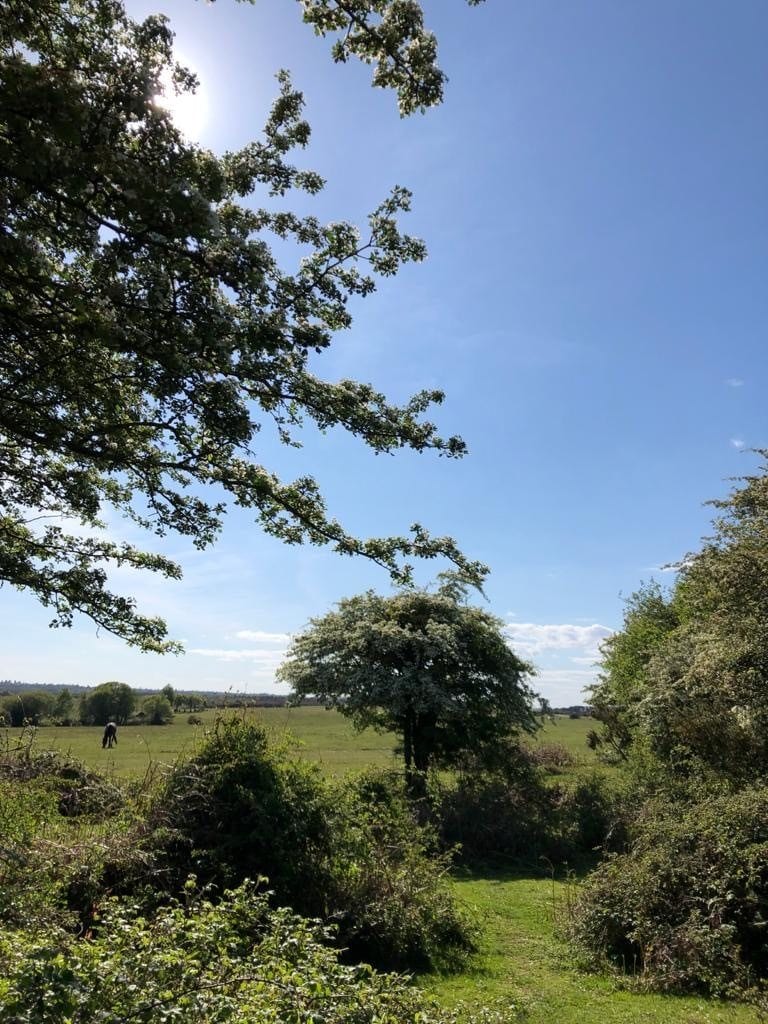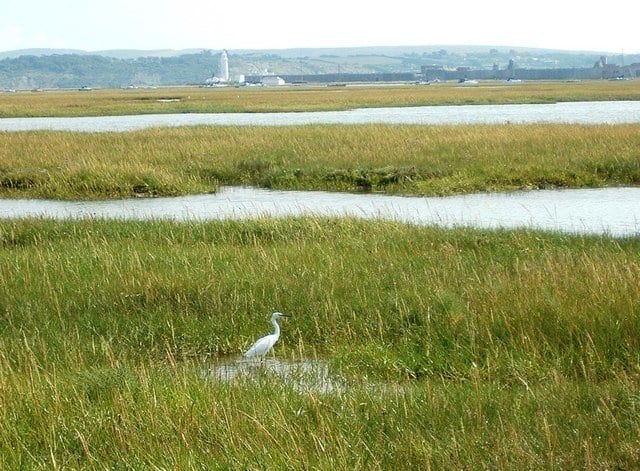Bird Conservation New Forest
Later this spring, Forestry England and the New Forest National Park Authority will launch their annual campaign to support the ground nesting bird season here in the New Forest. The campaign which starts on the 1st of March aims to raise awareness of the critical importance of this habitat to many rare ground nesting birds, and highlight how the public can play their part in supporting them during this time aiding bird conservation in the New Forest.
Ground nesting bird conservation in the New Forest
Ground nesting birds such as the lapwing, nightjar and curlew at risk of completely disappearing from the UK as their numbers dwindle due to loss of habitat and disturbance. The New Forest is one of the last places in the UK where these birds can still be found and helping them to breed successfully is now critical to their survival in the UK. This is one of the reasons why the New Forest National Park is a Special Protection Area for birds.
Lapwings
Lapwings like to nest on very open, almost bare ground that is close to grassland where they can take their chicks once they hatch. They need a patchwork of bare areas, grass and some damp ground or wetland edges where the chicks can find food.
Lapwings are very wary birds and will noisily complain at any potential predator anywhere near the nest. They will fly up and dive-bomb crows, foxes, dogs and even people, to drive them away from the nesting area. While they are doing this they leave the nest and hope that the camouflaged eggs or chicks are not found.
Lapwings have a swooping display flight that they perform over their breeding grounds together with weird electronic calls, almost like toys!
If you want to see lapwings, especially their displays, then the most reliable areas are the short grazed grasslands at the coast near Lymington and the best time of year is March to May.
Curlews
The New Forest is now one of the only areas of south east England where the curlew still breeds. Here they are widespread but uncommon, with less than 40 pairs.
Curlews require quite a large open area in which to breed. The wide expanses of short-grazed open heath, grass and bogs of the New Forest suit them well. A few pairs also breed in the adjacent Avon Valley and less intensive farmlands around the edge of the Forest.
They usually start nesting in late April and May and incubation takes about one month. The young tend to stay relatively close to the nest until they grow their proper flight feathers and can fly. This happens about five weeks after hatching and means that curlews need to be relatively undisturbed from mid-April to early July to ensure they breed successfully. They are particularly wary birds and so will only breed in the larger expanses of open ground away from where people walk.
Curlews are so named because of their far carrying call of ‘cur-lee, cur-lee’. They also have a wonderful bubbly-sounding display song.
Curlews head for coasts after they have finished breeding. They like large areas of mudflats and saltmarsh, so it is actually much easier to find them there in autumn and winter than it is to find them inland in the summer.
The best way to help curlews is to let them breed successfully. In any open areas please stay on the main footpaths and keep dogs close to you; otherwise you are more likely to scare the birds off than to see one

Nightjars
Nightjars prefer open country with few scattered trees, such as heathland and young forestry plantations. In the New Forest they are widespread over such areas. Nightjars are a wonderful and enigmatic bird and people will not forget seeing, or hearing, one. Active only at night, as they feed on moths and other insects caught on the wing. As their name suggests, they also sing at night . Their song is an eerie but beautiful churring sound, often given from a prominent perch in a tree on the heath. They have a silent floating flight, but the males will clap their wings together in a display to attract females. They are summer visitors (from Africa) and you will only see them between mid-May and August.
Being nocturnal, they rest during the day. They also nest on the ground and so are superbly camouflaged with mottled browns and greys that are almost impossible to see against the background of bracken, heather and gravels.
We have heard that to see (or more like hear) nightjars, go out onto the open heaths such as Beaulieu Road Heath or the areas around Burley during the early evening in summer and wait to hear their churring song. (For safety please do not go alone and do take a torch.) June and July are the best months.
The core messages around public awareness and behaviours are:
By taking a few simple measures, we can all help protect these rare and threatened wildlife:
• Between 1 March and 31 July. Remember to keep yourself (and your dog) to main tracks and keep dogs under close control, or where necessary on a lead.
• Please avoid areas where there are red ground nesting bird signs and aid New Forest bird conservation.
• Do share this information and encourage others to keep to the tracks too.
If you are bringing little ones with you please check out the National Park website for more information and discovery of these enigmatic birds.
*Images used -no copyright infringement is intended
keyboard_arrow_left Back


 Check Our WiFi
Check Our WiFi